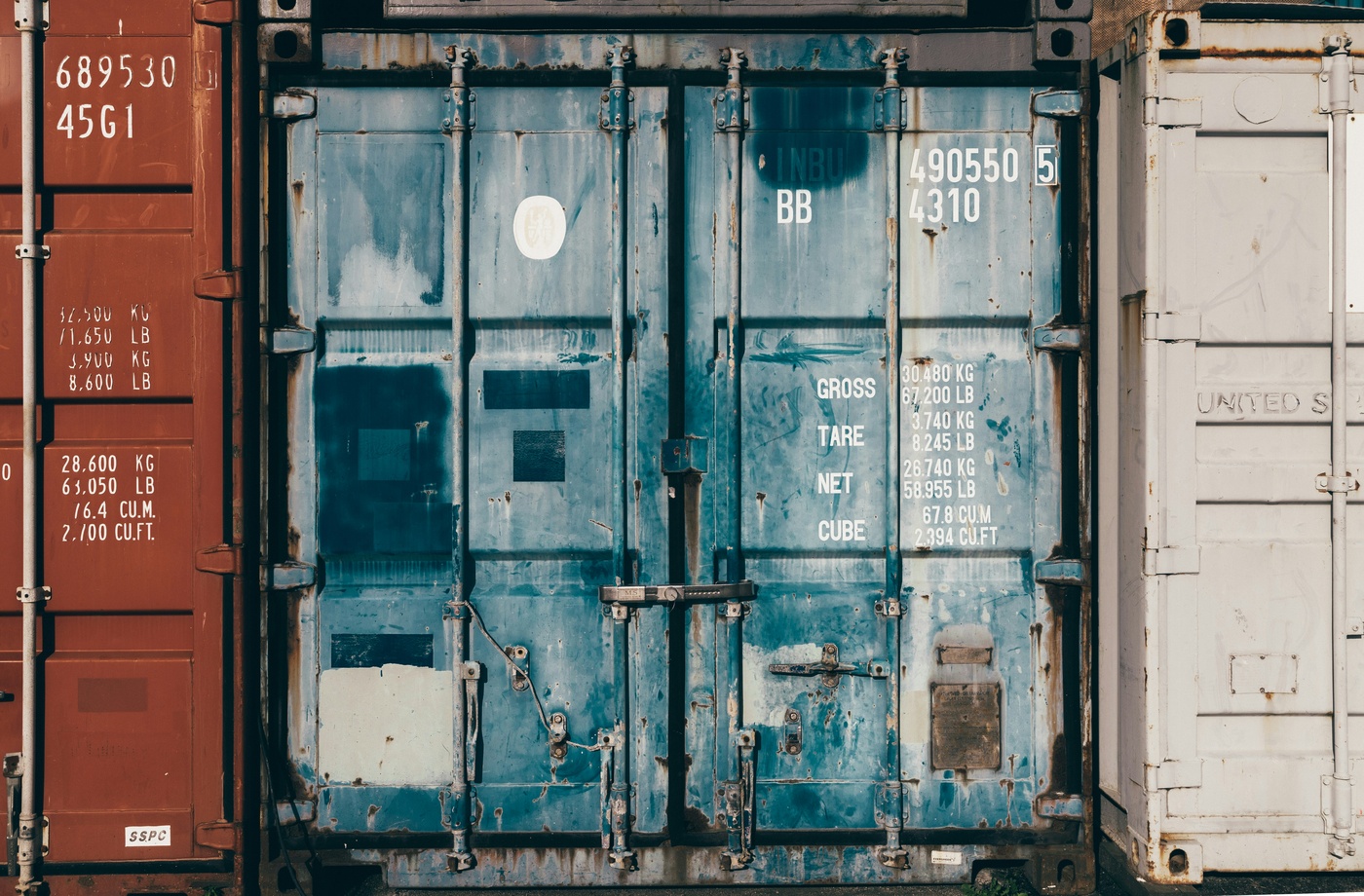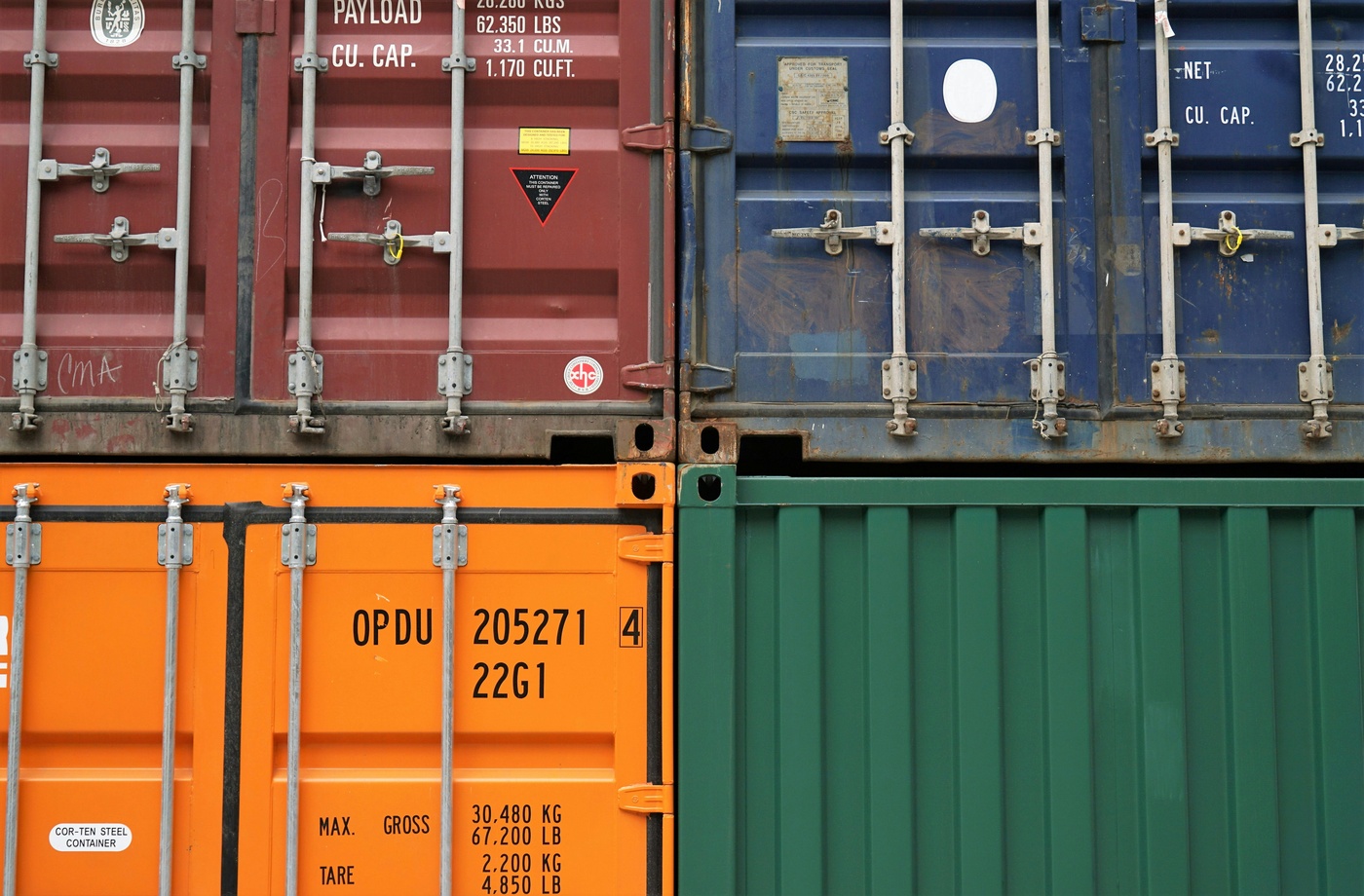Packaging is more than just a box—it’s a critical factor that influences shipping costs, product protection, and your brand’s professional image. Selecting the right packaging materials can reduce expenses, prevent damage-related losses, and enhance customer satisfaction. Here’s a detailed guide on how to choose smart, cost-effective packaging for your business.
- Match Packaging to Product Type
One-size-fits-all packaging doesn’t work for most businesses. Fragile items need cushioning, while soft goods may only require poly mailers. For example, padded mailers are ideal for small electronics or jewelry, whereas corrugated boxes are best for bulkier or fragile products. Choosing packaging suited to your product prevents overpacking and eliminates unnecessary material costs. - Use Lightweight Materials When Possible
Carriers often charge based on dimensional weight. Reducing the actual weight of your package—by choosing poly mailers over boxes or using air pillows instead of packing paper—can lower your shipping rates. Lightweight materials are especially useful for e-commerce businesses that ship high volumes. - Avoid Overpacking
Overpacking not only increases material usage but can also inflate your shipping fees. Choose the smallest box or mailer that safely accommodates your product. This reduces dimensional weight and cuts down on void-fill materials like bubble wrap or kraft paper. Services like Packsize even offer custom box-making solutions that tailor sizes to each order. - Consider Eco-Friendly Alternatives
Sustainable materials such as recycled cardboard, compostable mailers, and biodegradable peanuts are not only environmentally responsible—they can also be cost-effective, especially when ordered in bulk. Vendors like EcoEnclose offer affordable eco-conscious packaging options that align with growing customer demand for sustainability. - Source Packaging Supplies Strategically
Where you buy your supplies matters. Wholesale distributors such as Uline or The Packaging Wholesalers offer lower per-unit costs when you buy in bulk. To sweeten the deal, consider purchasing through cashback platforms like Rakuten or Ibotta to reduce your net spend and improve your profit margins. - Test for Durability Before Committing
Cheap packaging materials may fail during transit, leading to damaged products and costly returns. Before buying in bulk, test different packaging types for durability, moisture resistance, and overall protection. A few extra cents upfront can save much more in damage control. - Incorporate Branded Elements Without Overspending
Branded packaging can elevate your unboxing experience—but it doesn’t have to be expensive. Instead of custom boxes, consider branded stickers, tissue paper, or printed tape. These small details can boost brand recognition while keeping packaging costs manageable. - Store Supplies Efficiently
Poor storage can lead to damage or spoilage of packaging materials, especially in humid or poorly ventilated areas. Organizing your packaging inventory properly helps reduce waste and ensures you’re ready for order fulfillment during peak seasons.
By carefully selecting your packaging materials and using smart sourcing tactics—including cashback opportunities—you can reduce costs, maintain product integrity, and create a memorable shipping experience for your customers.



